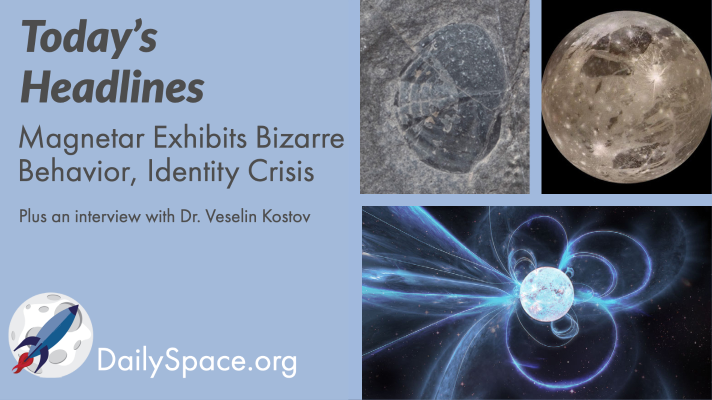
Feb 3, 2021 | Daily Space, Dark Matter, Galaxies, Guest Interview, JAXA, Jupiter, Mars, Neutron Stars / Pulsars, Stars
A radio-loud magnetar first observed in March 2020 suffered an apparent identity crisis, behaving like a pulsar until gradually settling into magnetar-like emissions in July. Plus, Mars’ moon Phobos, Jupiter’s moon Ganymede, and an interview with SETI Institute scientist Veselin Kostov about last week’s sextuple star system.
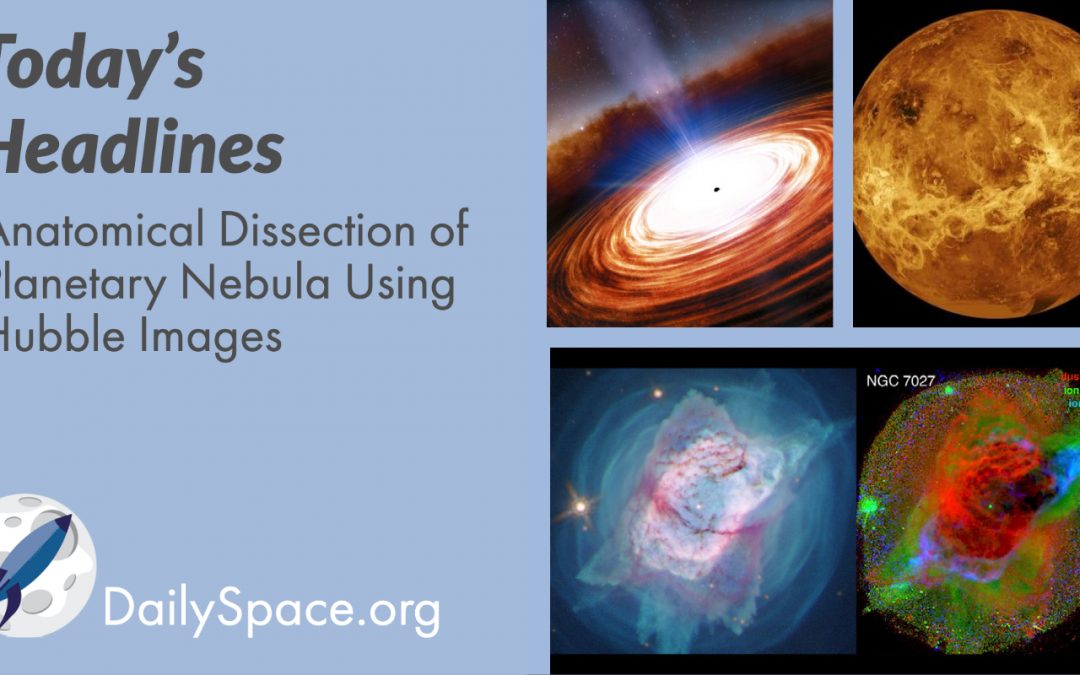
Jan 20, 2021 | Climate Change, Daily Space, Exoplanets, Galaxies, Guest Interview, Jupiter, Neutron Stars / Pulsars, Physics, Planetary Nebulae, Quasar, Supermassive Black Holes, Venus
Our coverage of last week’s AAS meeting continues with new work on the formation of planetary nebula based on Hubble Space Telescope images. Plus, a massive quasar in the early universe, water ice on Ganymede, a super-puff planet, and plans for taking spectra of Venus’ surface, featuring our guest, PSI scientist Dr. Darby Dyer.

Dec 16, 2020 | Asteroids, Astrobiology, Book Club, Daily Space, Exoplanets, Galaxies, Guest Interview, JAXA, Jupiter, Mars, Our Solar System, Planets, Science, Sky Watching, Uranus
HD 106906 b is an exoplanet 336 light-years away, 11 times the size of Jupiter, and possibly an analog of our own not-yet-discovered Planet 9. Plus, a large body of water ice has been discovered on Mars, and we interview lead author Dan Berman of the Planetary Science Institute. Also included, stories on Jupiter, Uranus’s moons, a young galaxy, and how space weather impacts habitability.
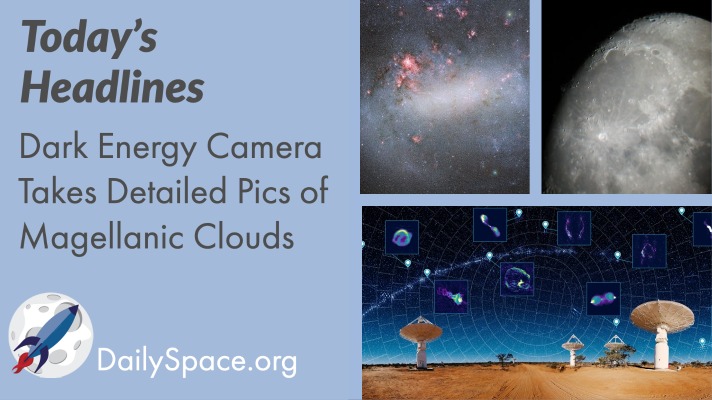
Dec 4, 2020 | Daily Space, Galaxies, Guest Interview, Moon, Observatories
The Dark Energy Camera captures SMASHingly detailed images of the Large and Small Magellanic Clouds, assisting in an attempt to map the two structures and understand their history. Plus formation of the Moon, a new atlas of the Universe, and an interview with PSI scientist Dr. Jordan Steckloff.
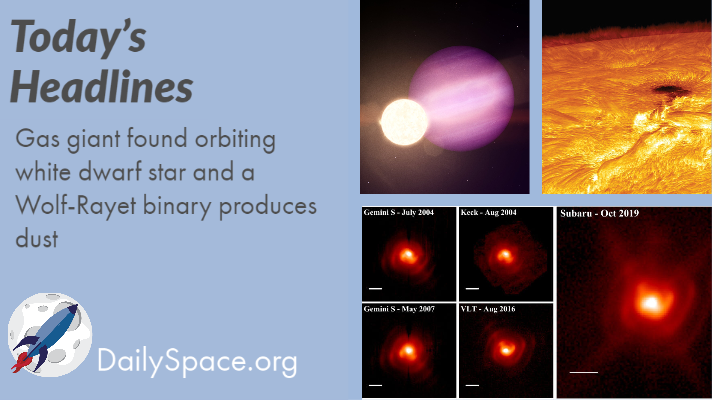
Sep 17, 2020 | Daily Space, Exoplanets, Gemini North, Guest Interview, Stars, The Sun, White Dwarfs
Join us today as we take a look at today’s top story – a planet has been found still in orbit around its white dwarf star even after a supernova. Then we discuss how a Wolf-Rayet binary system is a dust factory. Finally, new works show neutron stars are NOT producing all those heavy elements, the solar minimum is over, Plus special guest, Sara Seager from MIT.
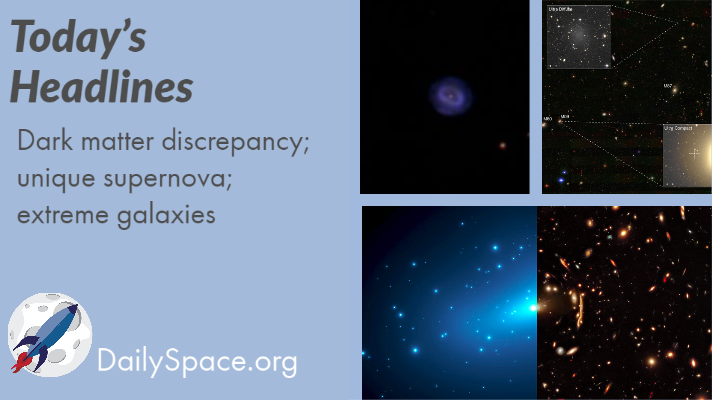
Sep 15, 2020 | Cosmology, Daily Space, Dark Matter, Galaxies, Guest Interview, Supernovae
Join us today as we look at how the Hubble Telescope may have solved the dark matter discrepancy. A research team has found a unique Type 1a supernova in the super-Chandrasekhar group of novae. Plus, all those extreme galaxies (large and small) seem to be in dense regions with a lot of interactions. Afterward, were joined by astrobiologist Dr. David Grinspoon to talk about his research into potential life on Venus.








 We record most shows live, on Twitch. Follow us today to get alerts when we go live.
We record most shows live, on Twitch. Follow us today to get alerts when we go live.